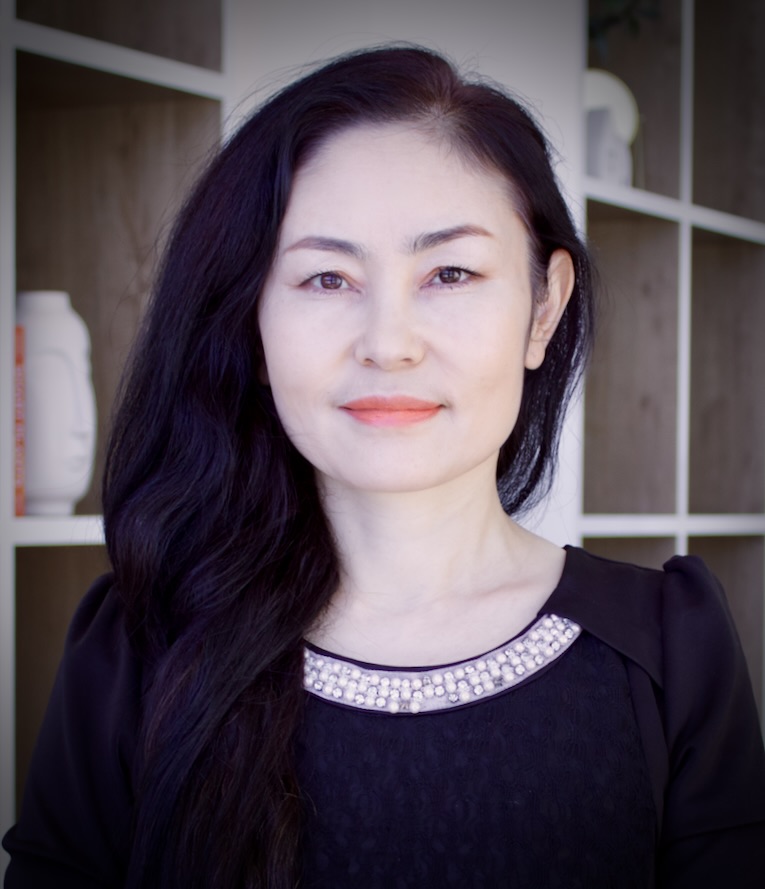
Anaer Nulahan
Linguistics
Memorial University of Newfoundland
an8200@mun.ca
website

|
Anaer Nulahan Linguistics Memorial University of Newfoundland an8200@mun.ca website |
| Participants: | 1 |
| Type of Study: | naturalistic, longitudinal |
| Location: | Canada |
| Media type: | audio |
| DOI: | doi:10.21415/TJCB-TF38 |
Nulahan, Anaer. In preparation. Acquiring a second language during childhood: A case study of the acquisition of English by a child Kazakh speaker. Ph.D. Dissertation. Memorial University of Newfoundland.
In accordance with TalkBank rules, any use of data from this corpus must be accompanied by at least one of the above references.
This study documents one child language learner of English. Nura is a female native speaker of Kazakh who had virtually no previous English instruction or experience at the onset of the study. These data were collected between the ages of 03;11.11 and 06;03.10. Nura was audio recorded for a total of 89 sessions in Canada.
Nura was recorded in a naturalistic setting, primarily in her home environment, generally playing with toys and looking at picture books. Nura was accompanied by an English-speaking interviewer who was actively involved in the recordings. The interviewer focused on the following points while collecting these data: First, the interviewer encouraged natural, spontaneous word productions through natural interaction and play to obtain a representative sample of the child’s phonological productive abilities. Second, the interviewer focused on reproducing the child’s word forms using the adult forms, as to not reinforce what could be erroneous productions, and to facilitate subsequent word identification.
The recordings were collected using a Zoom Q8 video recorder, a small recording device with a wide-range view and high-quality built-in microphone. The video recorder produced a video track and an uncompressed wave file. The published version of this corpus is limited to the audio data.
The device was part of the child’s everyday environment. The person in charge of the recording would turn it on at an appropriate moment, when the child was engaged in playing, in her typical setting. This method was both the least intrusive, in that it involved virtually no change to the child's everyday environment, and avoided potential disruptions or issues related to self-consciousness, which can occur given children's natural awareness of, and interest toward, electronic devices. The researcher ensured to maintain the overall ecological validity of the empirical observations.
The raw recordings were stored on a secure server in the Speech Science and Language Acquisition Laboratory at Memorial University, where trained undergraduate research assistants in linguistics engaged in orthographic and phonetic transcription using Phon, a specialized software program designed for the building and analysis of linguistic databases (https://www.phon.ca/). The following were described using standard procedures in the field: Identification of each participant involved in the recording; identification of the time intervals on the recorded media which are relevant for research (i.e., speech turns, for each participant involved in the recording); orthographic transcription of the child’s and adult’s productions; phonetic transcription of the child’s productions.